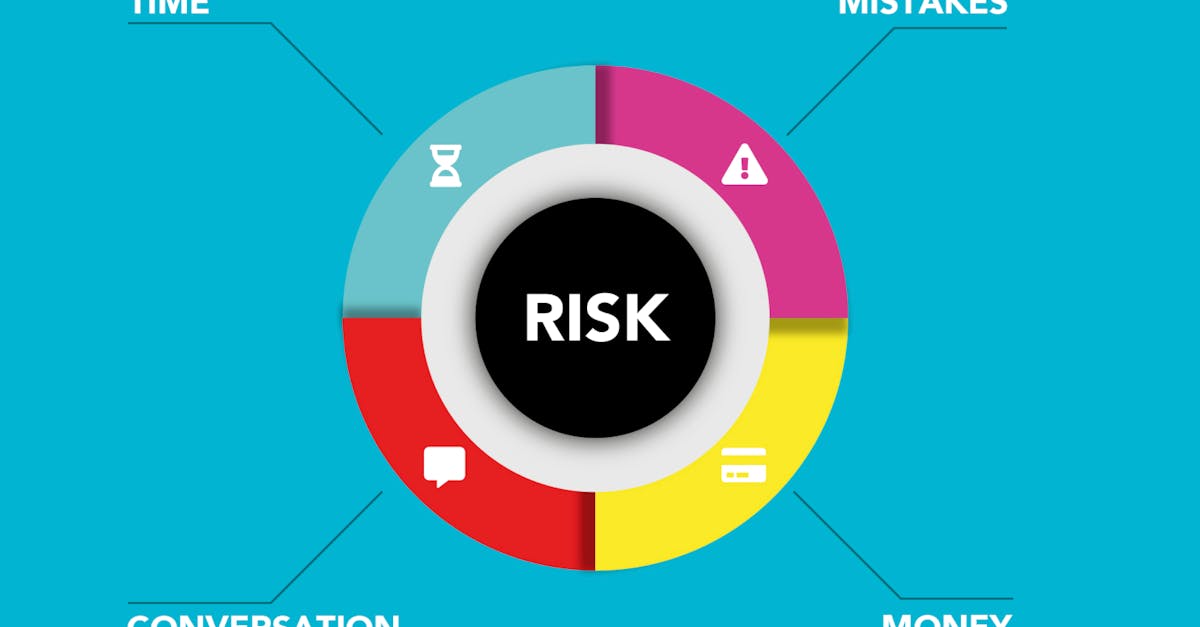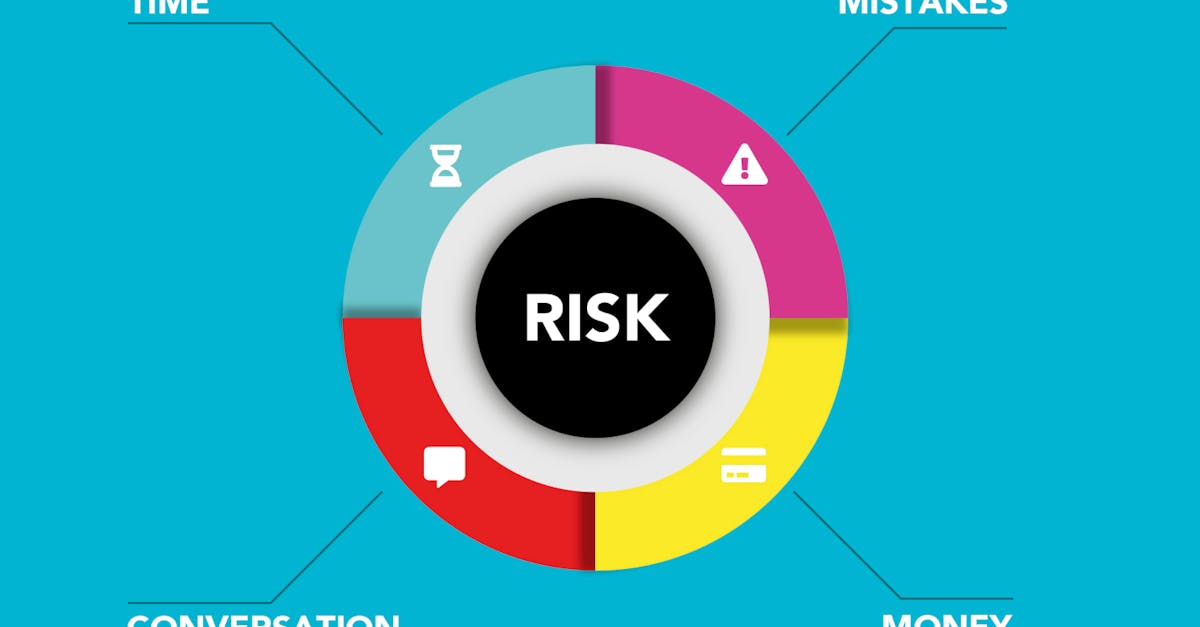Top Strategies for Managing Financial Risk in Volatile Markets
Introduction
In today's rapidly fluctuating financial landscape, managing risk has become a crucial skill for investors. Volatile markets can present both opportunities and threats, with unpredictable swings in asset prices causing substantial financial uncertainty. However, when managed effectively, these unpredictable environments can be harnessed to achieve financial growth. With recent developments making global markets more interconnected than ever, risk management strategies need to be adaptive and forward-thinking. In this article, we'll explore the top strategies that investors and businesses can employ to safeguard their investments during unstable times. Understanding and implementing these techniques can help you minimize potential losses while maximizing the chances for gains.
Advertisement
Diversification as a Defense Mechanism
Diversification remains one of the most tried and true strategies for managing financial risk. By spreading investments across various asset classes and geographic regions, investors can reduce their exposure to any single risk factor. This strategy acts like a shield, minimizing the impact of individual asset volatility on the overall portfolio. Consider allocating your assets among stocks, bonds, real estate, and commodities to create a balanced investment plan. With the global markets becoming increasingly correlated, it's essential to be strategic about diversification to optimize benefits. This approach not only helps in reducing potential losses but also increases the likelihood of steady returns over time.
Advertisement
Hedging Against Market Movements
Hedging is a popular technique used by investors to offset potential losses due to market fluctuations. It involves taking a position in a related security to mitigate risk in another. Common hedging strategies include using options and futures contracts which can act as insurance during uncertain times. Options give the right, but not the obligation, to buy or sell an asset, providing a protective barrier against adverse price movements. Futures contracts, on the other hand, lock in prices, eliminating the element of uncertainty. While hedging can be complex and may not eliminate all risk, it serves as a buffer to smooth out the ride during turbulent times.
Advertisement
The Role of Cash Reserves
Maintaining adequate cash reserves is an often-overlooked strategy in risk management. During periods of market volatility, liquidity offers the flexibility to react quickly to emerging opportunities or challenges. Cash reserves provide a cushion, preventing the need to liquidate investments at inopportune times when prices might be at their lowest. Furthermore, maintaining cash allows investors to take advantage of market corrections by acquiring undervalued assets. It's a simple but effective buffer strategy, underscoring the importance of balancing investment strategies with accessible liquidity. While the returns on cash might be limited, its strategic value cannot be underestimated in volatile markets.
Advertisement
The Benefit of Regular Portfolio Reviews
Frequent portfolio reviews are crucial in managing risk, especially in volatile markets. Regular monitoring allows investors to adjust their strategies in response to market changes, economic indicators, or personal financial circumstances. Set clear financial goals and establish benchmarks to evaluate the performance of each investment. It's essential to remain informed about global economic trends and understand how they can impact your holdings. An agile approach, reassessing asset allocation and diversifying as needed, ensures your portfolio remains aligned with your risk tolerance levels. Regular reviews also provide the opportunity to lock in gains or eliminate underperforming assets, reinforcing overall portfolio health.
Advertisement
Understanding and Leveraging Risk Tolerance
Understanding your risk tolerance is vital in navigating volatile markets. Each investor has a unique comfort level with risk, shaped by their financial situation, investment objectives, and time horizon. Assessing risk tolerance involves understanding not just your financial capacity to absorb losses, but also your emotional resilience towards market fluctuations. By being aware of your risk appetite, you can structure your investment approach to align with your personal comfort levels, avoiding unnecessary stress. Taking calculated risks that fit your tolerance level allows for more rational decision-making during uncertain times, ultimately contributing to long-term financial success.
Advertisement
Impact of Global and Economic Trends
Staying abreast of global and economic trends helps investors position themselves to manage risk more effectively. Economic indicators, geopolitical shifts, and policy changes can trigger market volatility. Awareness of these trends ensures investors can anticipate potential impacts on their portfolios. For instance, interest rate changes, trade wars, or political uncertainty can have immediate effects on stock markets and currencies. By keeping informed and analyzing potential scenarios, investors can proactively adjust their strategies to mitigate potential losses. This forward-thinking approach empowers investors to adapt quickly, turning uncertainties into calculated opportunities.
Advertisement
Utilizing Technology and Tools
The digital age offers investors access to a wealth of tools and resources for risk management. From financial analytics software to real-time market monitoring, technology can enhance decision-making processes. Algorithms and predictive models help investors simulate various scenarios, aiding in understanding potential risks and rewards. Additionally, fintech solutions provide a convenient platform for managing investments, offering insights and alerts at the click of a button. By integrating these tools into your financial strategy, you can capitalize on technology to enhance your ability to navigate volatility with precision and efficiency. Embracing innovation ensures you're leveraging every available advantage in uncertain markets.
Advertisement
Behavioral Strategies and Emotional Discipline
Behavioral finance emphasizes the importance of psychological and emotional discipline in risk management. Market volatility often invokes emotional responses such as fear or overconfidence, leading to impulsive decisions. By adopting a balanced mindset and recognizing cognitive biases, investors can avoid detrimental behaviors like panic selling or over-leveraging. Strategies like setting predefined benchmarks or committing to a long-term vision help maintain focus amid noise. Establishing a disciplined approach ensures decisions are based on objective analysis rather than emotional reactions. Embracing this mindset equips investors to remain resilient and measured, even when markets appear unpredictable.
Advertisement
Conclusion
In conclusion, managing financial risk in volatile markets requires a multifaceted approach that integrates strategic insights and practical tools. From diversification to leveraging technology, each strategy has its unique advantages in stabilizing portfolios. Global awareness and emotional discipline further fortify your ability to navigate uncertainty. Ultimately, the goal is to be prepared and proactive, rather than reactive, enabling you to capitalize on opportunities while minimizing losses. By embracing these strategies, investors can navigate the complexities of today's financial landscape with confidence and clarity.
Advertisement








